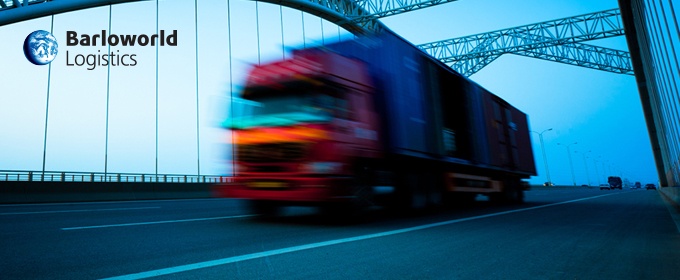
Transportation as an element of logistics refers to the mode of the vehicle in which a product or person moves from point A to point B. From a logistics point of view, transport is the science of moving goods to the right place, at the right time, at the right cost. If transportation is merely the mode in which products move, is there any value in viewing it as a strategic driver of business? We think so.The transportation of goods is the lifeblood of the modern economy. Transportation, and the management thereof, when viewed as a strategic driver of competitive advantage allows an organisation to drive efficiency, control cash flow, improve visibility and customer satisfaction. The truth is that when using a variety of transporters based on lowest cost, as opposed to partnering with a single provider, the strategic benefits of a transportation solution is eroded. Fundamentally, organisation’s transport strategy, and indeed greater supply chain strategy, should reflect their promise to their consumers. For example, if the customer promise includes a guarantee of delivery date, a transportation strategy that values speed over cost should be considered.
Often a warehouse and the inventory therein are referred to as the greatest waste of money in a supply chain. That may be true, but the ability to provide customers with product on demand is created through the availability of stock at the right time. If warehousing is costly, the objective then becomes to optimise this part of the supply chain. A relatively straightforward solution to an overstocked, expensive warehouse is efficient transport management. For example, when transport management is strategic, manufacturers can implement JIT (just-in-time) procurement, relying on their transporter to ensure that raw material is available to production lines on demand. The more reliable the transportation of goods, and the closer the working relationship between demand planner and transporter, the less inventory needed on-hand at any given time.
A single source of transportation data provides substantial business intelligence. The ability to review key freight trends according to the destination, particular product or type of order can provide significant input into critical pricing decisions. Such a level of data is only possible with a consolidated view of shipping patterns. Furthermore, data-driven transportation requires that the correct metrics are used to measure the success of the distribution network at any given point. A partnership between client and transporter allows for the shared understanding of strategic objectives, and the creation, and adherence to, metrics that matter in regard to the pursuit of competitive advantage.
It’s the combination of people, technology, and processes that create alignment and unlocks value over time. Alignment is only possible through partnership. Typically, strategic reviews occur once every three to five years within organisations, but in today’s dynamic business landscape, supply chain and transportation are required to adapt much more regularly. Close working relationships with your transporter allow for minor tweaks, or major shifts in operations to be implemented relatively quickly, enabling organisations to capitalise on new opportunities or enter new markets rapidly, thus gaining competitive advantage.
Beyond the mere movement of goods, transportation can play a unique and strategic role in extracting value from a supply chain. It is not only about moving goods from point A to point B - it’s about inventory management, cost control, data-driven decision and customer and brand promise. Adopting a partnership view to the selection of a provider moves the service from the tactical to the strategic thereby bolstering competitive advantage.




